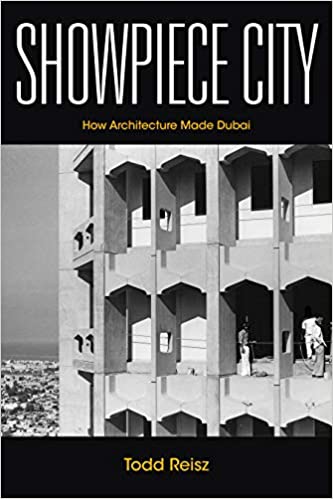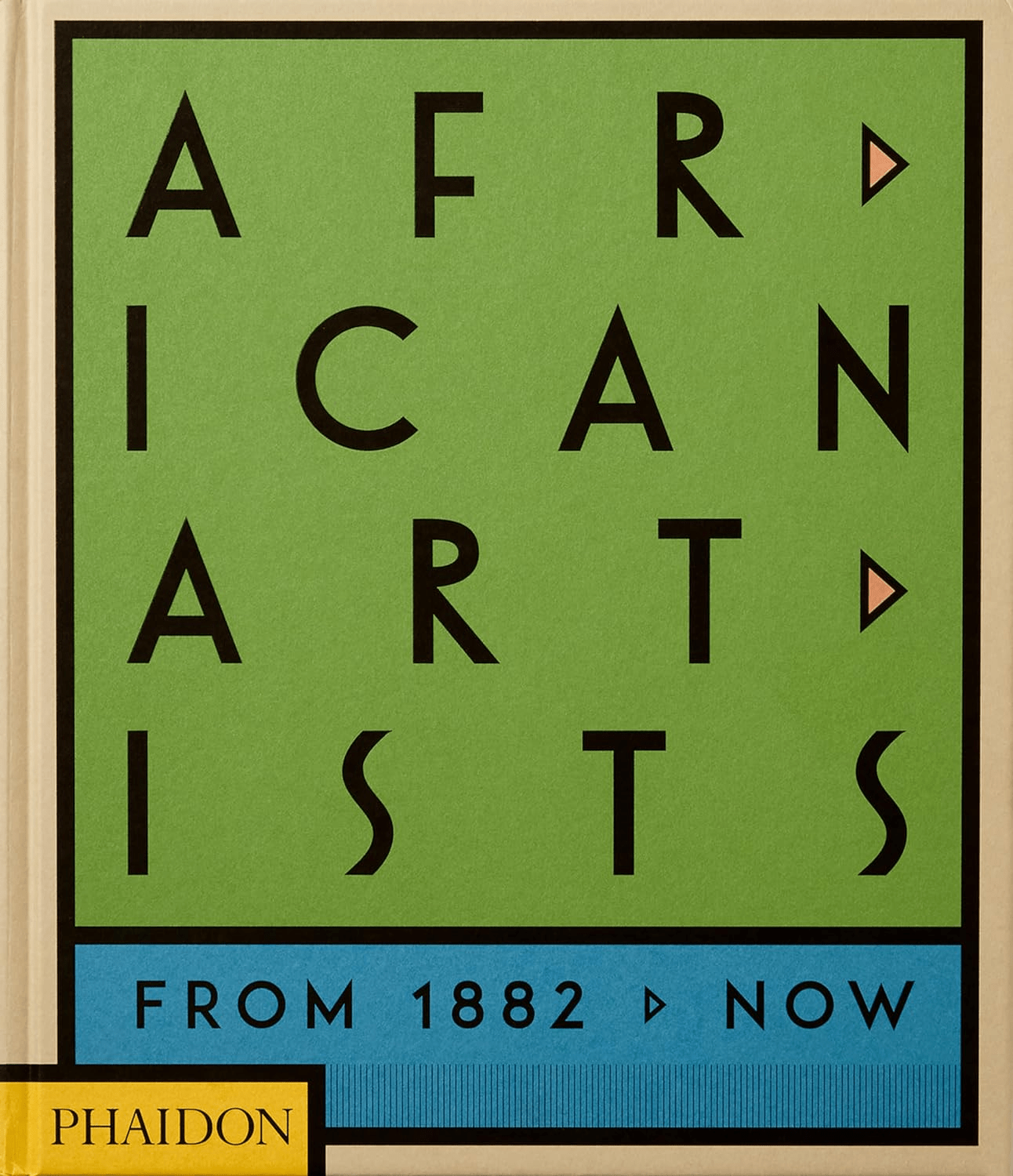
Showpiece City: How Architecture Made Dubai
Trevor Williams
Todd Reisz.
Stanford UP, 2021.
Dubai’s reputation builds off skyscrapers and boosterism, but its foundation is more prosaic: urban planning. Writer and architect Todd Reisz discards the city’s superlatives by focusing on the city’s transformation from desert backwater to pioneering hub. Sourcing from the library of British architect John R. Harris, designer of Dubai’s first town plan in 1960, Reisz reveals how the city’s growth in subsequent decades relied on both ambition and ambiguity. British disinvestment couldn’t stymie Dubai’s port, and the port’s mystique grew as its wealth remained concealed. Oil compounded optimism, creating a bonanza for British experts, but the benefit flowed both ways: Shaykh Rashid bin Saeed Al Maktoum, who ruled Dubai between 1958 and 1990, assumed both the risk and credit for projects from Dubai Creek’s “hardened edges” to the World Trade Centre, what Reisz considered true “showpieces”—infrastructure that hastened Dubai’s ascent.
You may also be interested in...

A Century of African Art, in 300 Voices, All in One Book
From Cairo to Khartoum to Casablanca, this volume traces how African artists have shaped—and reshaped—modern art over the past century..png?cx=0.45&cy=0.59&cw=382&ch=519.4922937443337)
New Book Decodes Mystery Behind Sixth Century Mosaic Pavement
Jane Chick’s 2024 study on enigmatic Libyan mosaic bridges Late Antiquity Roman and early ecclesiastical art.